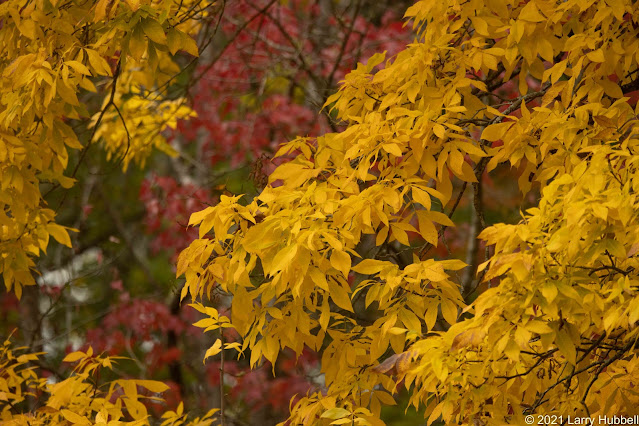All About Fruit-Eating Birds
Here's a recent Uni on Bay Watch blog post by Larry Hubbell , a longtime local bird watcher and photographer.
fruit eating test
Autumn offers fleeting beauty. One moment the leaves burst into color, and the next they fall to the ground, turning brown, filling the ground and providing food, shelter and warmth for many little creatures. Leaves tend to go fairly quickly through their life cycle.
Their similarly sized cousins, the blackbirds, tend to raise their young in forested areas. In the spring, when American robins forage for worms in western Washington towns, a few thrushes are more likely to be found eating leaves for insects in the forests of the Olympic or Cascade Mountains.
Fruits and nuts also fall from trees, but can last much longer . I find it absurd to ask how many times a seed molecule can become part of a new tree, and then transfer back to the new seed, then another tree, and so on. Of course, the likelihood that this process will repeat itself indefinitely is small, but technically it seems possible.
However, the seeds of most fruits do not turn into trees. When the fruit is eaten by other species, the seeds often do not end up in a random location, and the fruit molecules involved take a much shorter route down the faster side of the life cycle.
This post is dedicated primarily to some of our local frugivores. Not only do they help make the life cycles of fruit trees possible, but their life and life cycles are made possible by the fruit they eat.
In this post, your task is to determine which of the six bird species shown are fertile.
Note. For our purposes, all frugivorous birds are frugivorous. It doesn't matter if they eat fruit as a part-time job: since fruit is in season, this is the most likely situation.
All six species were caught near fruit last month.
Some of them are common birds.
Some are not seen very often.
Of the species shown above, three belong to the thrush family (Turdidae), two are warblers (Dendroica) and one is waxwing (Bombycilla). All of them are winter residents of our area. (For experienced ornithologists, a secondary problem arises: which of these species does not breed in this area?)
In the same order in which the six species were presented, they are as follows:
1. Lilies of the valley are different
2. Townsend bird
3. Cedar waxwing
4. American Robin (also a thrush)
5. Hermit Thrush and
6. Yellow-headed Warbler
To be completely honest and consistent, it was the foods listed in All About Birds for each species that were used to objectively determine whether we consider them prolific.
Your biggest challenge is remembering which of these species are not known to eat fruit. Before you continue, you must make your mental list.
*******************
Destruction warning!
The photographs below show that many of these species feed on fruit.
*******************
In the spring, they can often be seen strolling through pastures from time to time, sometimes stopping to listen and then grabbing, stretching, and tying worms to bring to their young.
In autumn, some of them come to the cities. However, they are shy. If you find a fruit tree full of feeding robins, keep a close eye on the birds on the other side of the tree, sometimes you may see a few thrushes.
They are clearly drawn to fruit, but I don't understand how they decide when and where to eat. Unlike impalas, they are unlikely to feed until the fetus is gone. In general, they feed shorter, return less frequently, and come closer.
Of the three thrushes mentioned, the hermit thrush, in keeping with its name, is the least common. It is also the smallest in size and is about three times smaller in weight. Visually, they are more similar in size to song sparrows than to the other two thrushes. However, its shape is clearly similar to that of its larger counterparts.
Their size has a logical impact on where they can be viewed. Since the thrush prefers to eat whole fruits, it prefers to feed on trees with smaller fruits.
Oddly enough, cedar waxwings are similar in weight to northern bluebirds, but seem to be capable of eating larger fruits. Their beaks appear to be longer and appear to be able to open more. They may be better suited for eating fruit.
The last frugivore in our group, perhaps the most conspicuous of all, is the yellow-throated warbler. By weight, they are about half the size of the average hermit thrush. (On the other hand, they can be up to fifty percent larger than Townsend's warblers, which are the only other winter warblers found in western Washington.)
















0 Response to "All About Fruit-Eating Birds"
Post a Comment